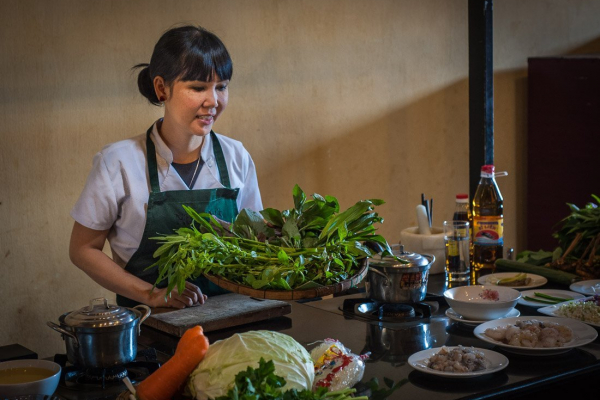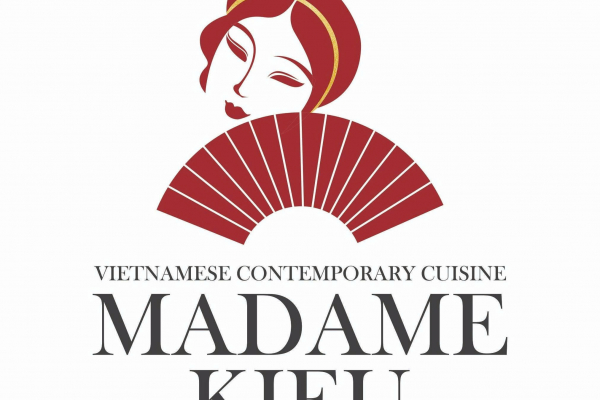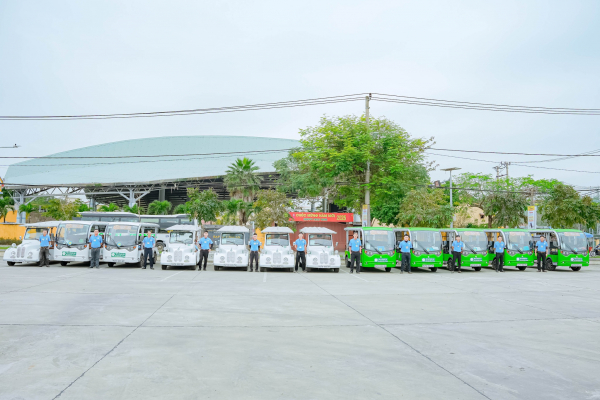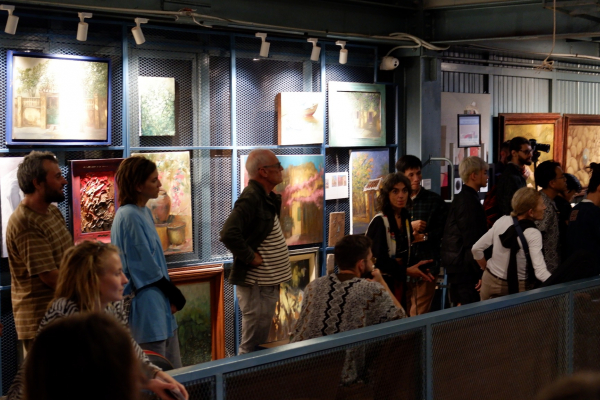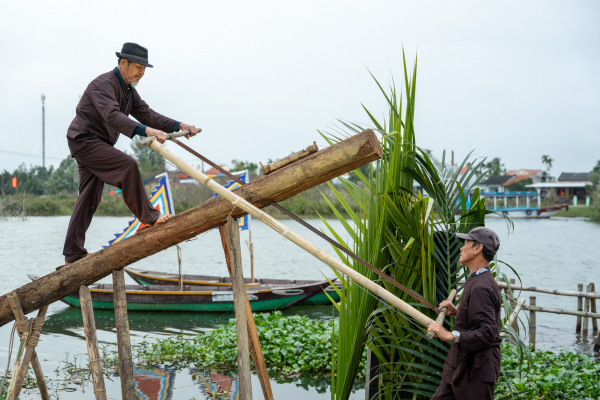So when was this dish created? There are currently no sources or bibliographies available to answer this question. However, it can be concluded that Quảng noodles are a very long-standing dish in Quảng Nam based on the source of ingredients, the method of processing, and the thickness of transmission, which are represented in locals' culinary customs.

Noodles are a dish that originates from the culinary creativity of Quảng Nam residents based on local ingredients, eating habits from the Northern Delta regions, and the absorption of a number of culinary traditions from other countries, notably China and Japan. Influence from Chinese cuisine can be seen in the Chinese noodles made with wheat flour. Influence from Japanese cuisine can be seen in the various types of Udon noodles with different cooking methods.
Because Quảng Nam and Hội An were open for exchange and international integration early, they may have had the opportunity to absorb some external culinary elements along with local culinary traditions to create these special Quảng noodles. However, Quảng noodles are not the same as Chinese or Japanese noodles. Those types of noodles are made from wheat flour that is rolled into fibers and then boiled, while Quảng noodles are made from steamed rice flour that is sliced into round pieces and then cut into noodle strands. This method of processing noodle strands is similar to the method of making bánh đa (rice noodles) in the North, but there is no noodle dish similar to Quảng noodles, just phở, a dish believed to have originated during the French colonial period.
Although it is a rustic dish, Quảng noodles have a rich source of ingredients and many different variations, such as chicken noodles, pork and shrimp noodles, snakehead fish noodles, beef noodles, frog noodles, crab noodles, jellyfish noodles, vegetarian noodles, and so on.
Quảng noodles are sold every day in Hội An's villages and streets, both on the mainland as well as the islands. The brackish water environment in Hội An's estuaries and coastal areas has nurtured shrimps, crabs and fishes with superior taste compared to other places. Especially, sand shrimp is an ingredient that contributes significantly to the deliciousness of Quảng noodles bowl. It is of medium size, and its meat is fragrant and sweet, making it ideal for preparing noodle broth. The crabs here are also very fatty and full of tomalley, especially the molting crabs. This type of crab is delicious for making noodle broth. These bowls of shrimp and crab noodles are variations that contribute to the brand of Quảng noodles. In Hội An, there are also Quảng noodles with jellyfish, which have a strong sea flavor with thin, transparent, chewy and crunchy slices of jellyfish.
In today's modern pace of life, Quảng noodles maintain a remarkable track record of new adaptation and creation to meet the different gastronomic needs of domestic and international tourists. In 2017, Prime Minister Nguyen Xuan Phuc invited Japanese Prime Minister Shinzo Abe to Hội An to enjoy Quảng noodles, so this dish has been introduced in several countries.
Quảng noodle was recently honored as one of 12 dishes with Asian culinary value. It can be considered a culinary symbol of the Quảng Nam people in their dynamic and creative journey to open the world, and it completely deserves to be included as National Intangible Cultural Heritage.





 VietNam
VietNam




